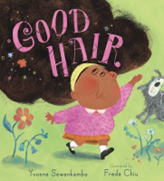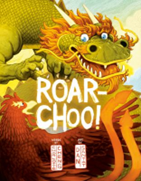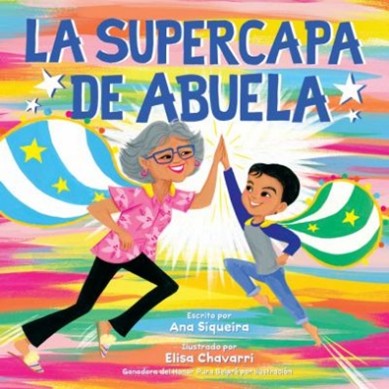Paint the Story!
An Art Smart Way to Explore Books with Your Child
By Requil Golbek, Youth Associate, Maxwell Park Library
Everyone knows the best part of picture books is...the pictures! Illustrations aren’t just to make it pretty, though; the illustrations in children’s books serve a valuable purpose. They help kids understand what’s happening in the story, including how the characters feel. They can add plot points and visual jokes (think of when a character is looking for something and we the readers can see it!).
The pictures also create an opportunity for imagination and discussion beyond just what is in the text, especially in books for early readers where the vocabulary is limited. The pictures can be one of the best ways to get a reluctant reader motivated.
One exciting way to really explore the illustrations in a book is to “Paint the Story”! There are endless opportunities for using different art techniques and materials, but here are a few ideas to get you started.
- Read Stuck By Oliver Jeffers, then paint a tree and cut pictures out of magazines of things to get “stuck” in the tree.
- Read Good Hair by Yvonne Sewankambo and use paint or pastels to draw your own good hair.
- Read Abuela’s Super Capa by Ana Siquiera (available in both English and Spanish!) and design a cape. You could cut the front and arms off an old t-shirt and decorate it for extra fun!
- Read Roar-choo! By Charlotte Cheng. The drawings in this hilarious book are gorgeously colored and intricate. They might be difficult to imitate, but any kid can draw a dragon! Try drawing all different animals sneezing for more fun!
You can also explore books where the illustrator uses different techniques, like in A House That Once Was by Julie Fogliano. The illustrator drew the pictures in ink, then used sponge painting and drops of paint to add color.
You can even read It Looked Like Spilt Milk by Charles G. Shaw and use shaving cream to “paint” on the kitchen counter.
Don’t forget to explore some nonfiction as well!
- Fungi Grow by Maria Gianferrari is a great example of nonfiction book chock full of bright, interesting illustrations. Kids can copy the fungi they like best, or design their own funky new fungus!
The point isn’t to perfectly copy the pictures from a book—and sometimes you’ll end up with something totally different—but doing this activity will help children learn to appreciate and notice illustrations, which will in turn make them more observant and engaged readers. And engaged readers are avid readers!



